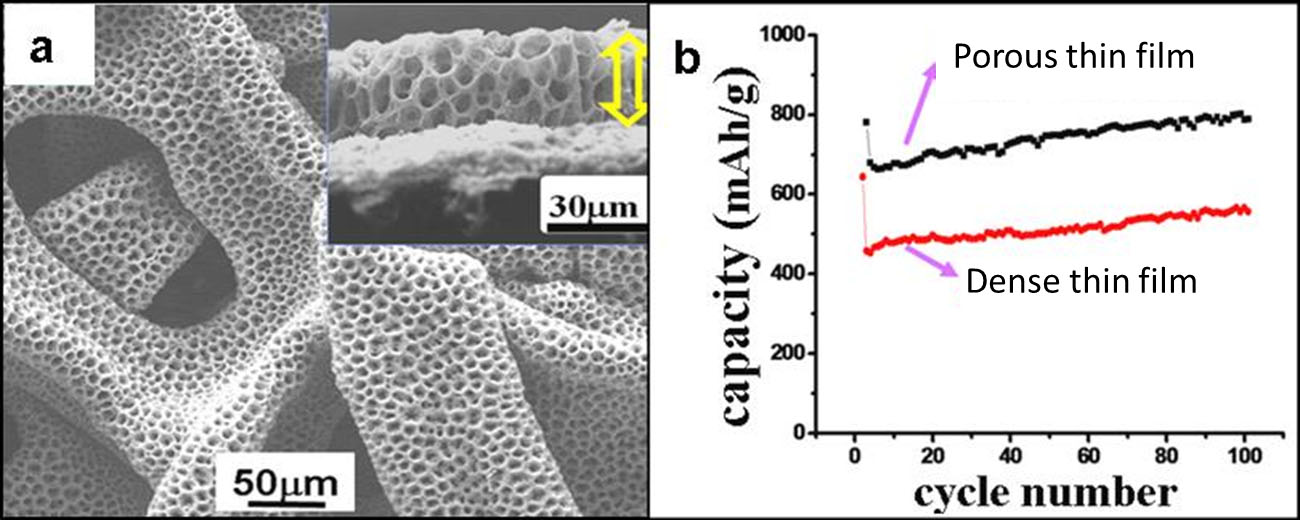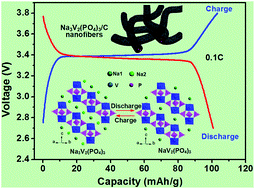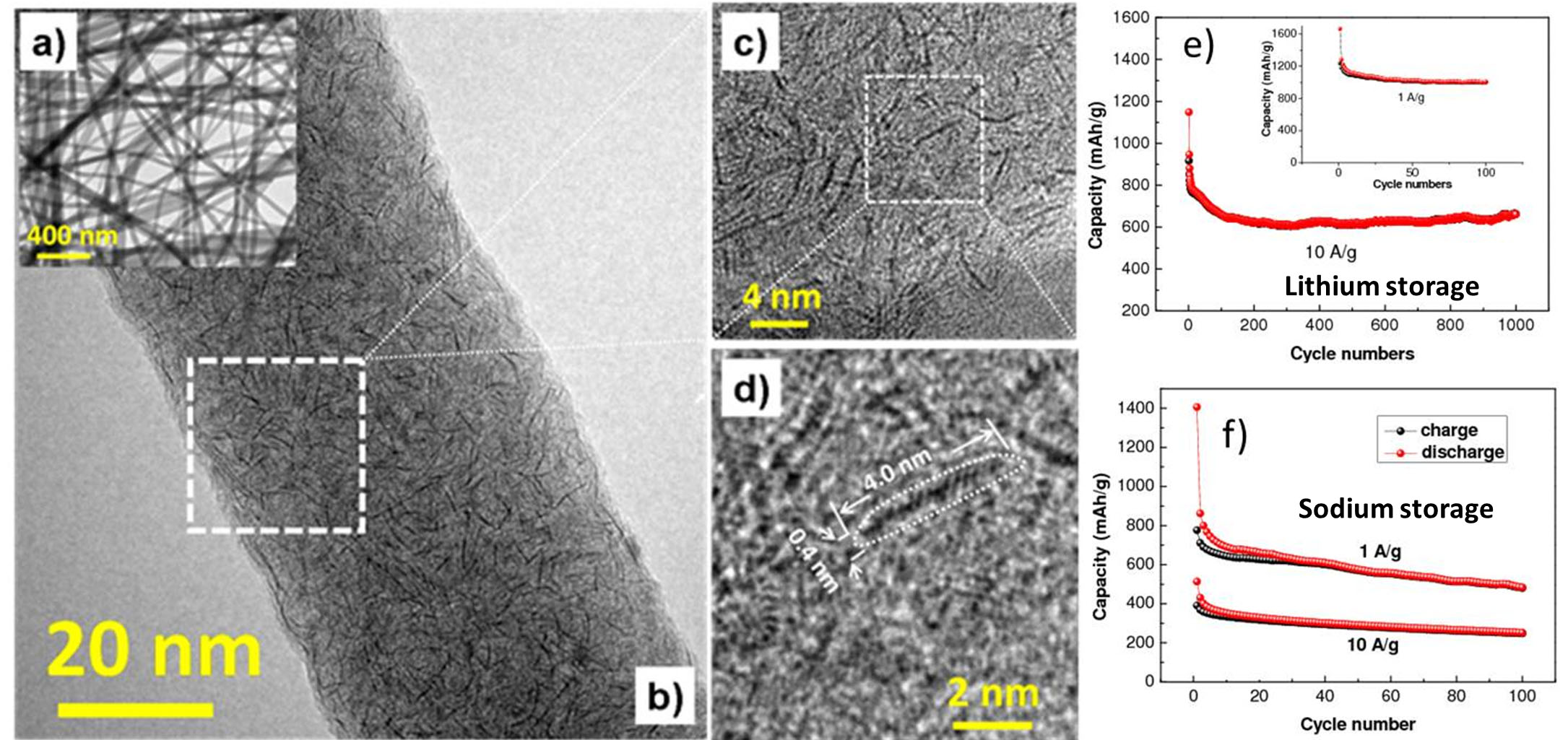
While car companies race to develop electric and hybrid electric vehicles (HEVs), one of the biggest challenges they face is finding a suitable energy storage system. Lithium-ion batteries (LIBs), which currently power a variety of smaller consumer electronics devices, could ideally fill this role. But at the moment, they require further improvements in terms of energy density and power density in order to be used effectively in electric vehicles. The key to the high performance lies in the battery’s electrode materials. The search for better electrode materials has been the most dynamic motivation for the R&D of LIBs. To obtain a noticeable improvement in the specific capacity of LIBs, it is essential to develop electrode materials with higher reversible capacity. The project in our group is to develop novel nanostructured electrodes (cathode and anode) for LIBs.



Based on the wide availability and low cost of sodium (compare with Lithium), ambient temperature sodium-based batteries have the potential for meeting large scale grid energy storage needs. The search for commercially viable Na-ion batteries (NIBs) demands finding and optimizing new electrode materials and electrolytes, in order to get more economic, safer and long life batteries. Our group focused on understanding and synthesis of various electrodes for NIBs.
At cathodes, we develop new synthetic and fabrication approaches to prepare Na3V2(PO4)3/carbon composites. At anodes, we are working on nanocarbon, Sn alloy nanostructures.


One-dimensional (1D) nanostructured materials, including nanotubes, nanofibers, and nanowires, have attracted much attention because of their interesting properties and wide range of potential applications. The unique properties of obtained 1D nanomaterials can lead to applications in various fields such as energy materials, electronics, magnetism, and catalysis.
Our group focused on synthesizes 1D nanostructured materials by various chemical vapor deposition (CVD) methods and electrospinning technique. We also investigate the energy storage performance of the 1D nanomaterials.


Lithium-sulfur batteries are amongst the most appealing choices for the next generation large-scale energy storage applications. However, the practical application of Li–S battery has been prevented by problems arising from insulating nature of S, high solubility and shuttle phenomena of polysulfides, which cause low Coulombic efficiency, less active material utilization and poor cycle life.
Our group got involved in the development of novel nanomaterials with porous structure to accommodate the sulfur and improve the performance of Li-S battery.